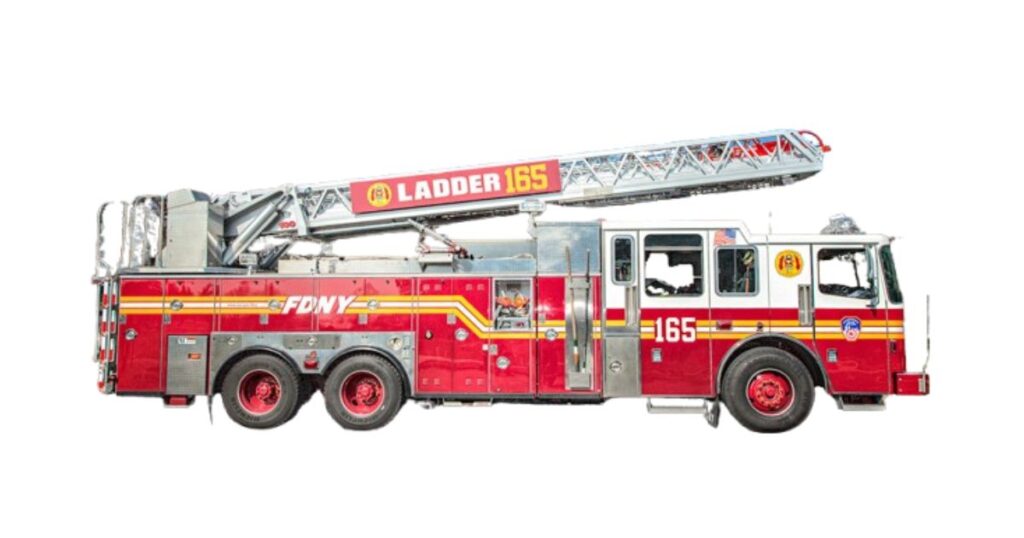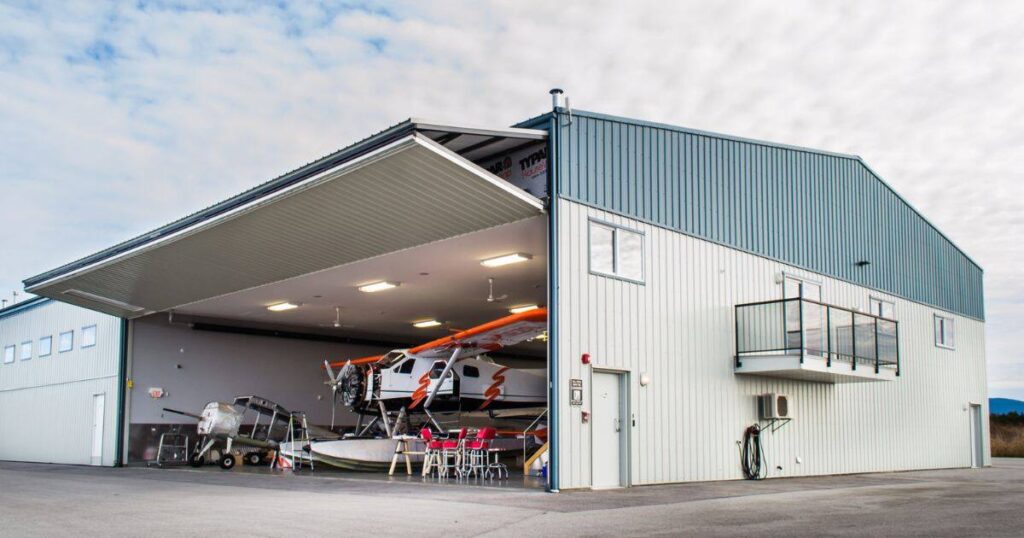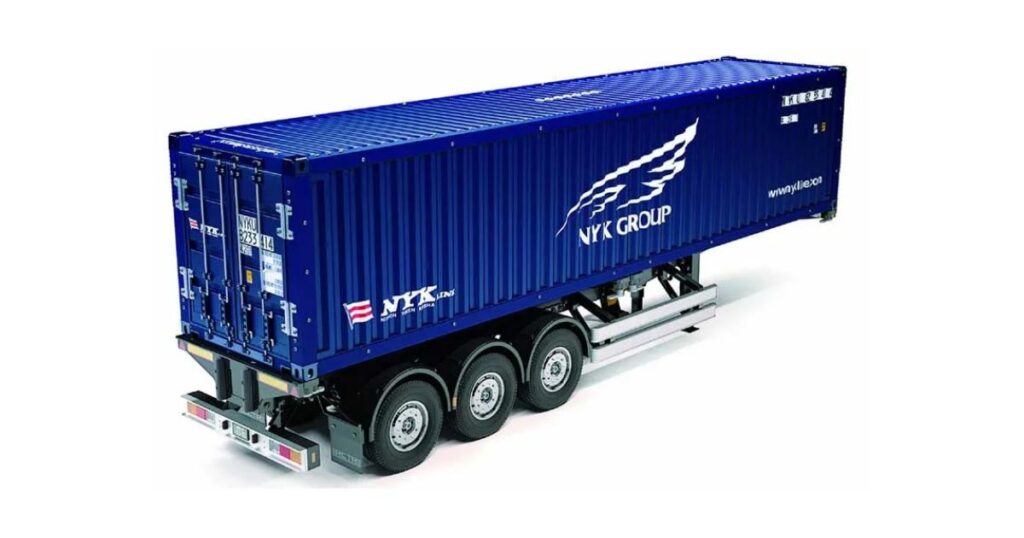Ever stood at the base of a tall building and wondered how high 100 feet actually reaches? Maybe you’re planning a backyard project, shopping for a boat, or just curious about scale. Whatever brought you here, picturing 100 feet without a real-world reference is tough.
As someone who’s spent a lot of time comparing real-life sizes and distances, I’ve learned that numbers like 100 feet only make sense once you see them in action.
Here’s what most people don’t realize: 100 feet is way longer than it sounds. It’s the full length of a fire hose during an emergency, the height of a mature palm tree swaying on a beach, and tall enough to need an aerial ladder truck to reach the top.
I’ll walk you through 13 real objects that hit the 100-foot mark, plus practical ways this measurement shows up in construction, safety planning, and outdoor activities.
Quick Answer: How Long Is 100 Feet?
100 feet converts to 30.48 meters, 1,200 inches, or about 33.33 yards.
Here’s the breakdown in one quick table:
| Unit | Equals |
| Meters | 30.48 m |
| Centimeters | 3,048 cm |
| Inches | 1,200 in |
| Yards | 33.33 yd |
| Millimeters | 30,480 mm |
Think of it as three school buses parked bumper to bumper, or about 40 walking steps for an average adult.
13 Real-Life Things That Measure 100 Feet
| Object | Category | Measurement/Dimension |
| Standard Fire Hose (Unrolled) | Emergency Equipment | 100 feet length |
| Mature Coconut Palm Tree | Nature/Trees | Up to 100 feet height |
| Fire Department Aerial Ladder | Emergency Equipment | 100+ feet when extended |
| Hoad Monument (Ulverston, UK) | Historical Structure | Exactly 100 feet tall |
| Luxury Motor Yacht | Marine Vessel | 100 feet overall length |
| Mature Eastern Cottonwood Tree | Nature/Trees | Up to 100 feet height |
| Doune Castle Gatehouse (Scotland) | Medieval Structure | 100 feet tall |
| Aircraft Hangar Bay Door | Aviation/Engineering | 100 feet wide opening |
| Large Radar Dish | Technology/Science | 100 feet diameter |
| Two Semi-Trailers (end to end) | Transportation | ~50 feet each = 100 feet total |
| 10-Story Building | Architecture | ~10 feet per floor = 100 feet |
| Two Hollywood Sign Letters (stacked) | Landmark/Pop Culture | ~45 feet each = ~90-100 feet |
| Two Railroad Cars | Transportation | ~50 feet each = 100 feet total |
1. A Roll of Standard Fire Hose (Unrolled)

Fire departments stock hoses in 100-foot sections for a reason. This length gives crews enough reach to move around a burning structure without constantly adding new sections. Each hose weighs around 100 pounds when full of water and can pump hundreds of gallons per minute.
Walk past any fire truck and you’ll see these bright yellow or red coils stacked in compartments. When firefighters pull one during a call, they’re deploying exactly 30 meters of pressurized lifeline. The standardized length makes training and deployment predictable across different stations.
2. Height of a Mature Coconut Palm Tree

A fully grown Cocos nucifera palm can stretch up to 100 feet into tropical skies, as noted by the University of Florida IFAS Extension guide on coconut palms. These trees grow slowly over decades, adding a few feet each year in ideal conditions. The slender trunk might look fragile, but it’s built to flex in heavy winds without snapping.
Stand under one on a beach and look straight up. That narrow column of trunk topped with fronds is pushing the height of a 10-story building. Coconut palms dominate coastlines across the Pacific, Caribbean, and Indian Ocean regions, making them one of nature’s most recognizable 100-foot markers.
3. A Large Fire Department Aerial Ladder (Fully Extended)

The biggest ladder trucks carry aerials that extend to 100 feet or more, based on NFPA 1900 apparatus standards. These mechanical ladders are mounted on massive chassis and operated hydraulically. During a high-rise emergency, crews can position the truck, stabilize the base, and extend the ladder to reach upper floors in minutes.
Watching one go up is impressive. The ladder sections telescope outward while staying rigid enough to support firefighters carrying equipment. Cities with taller buildings often invest in these rigs specifically because they bridge the gap between ground level and 10th-floor windows.
4. Height of the Hoad Monument (Ulverston, UK)

This stone tower in Ulverston stands exactly 100 feet tall. Built as a replica of the Eddystone Lighthouse in the 1850s, it honors a local historical figure. Visitors can climb the interior staircase for panoramic views of the Lake District.
The monument’s precise height wasn’t accidental. Victorian engineers designed it to be visible from surrounding hills and valleys. Today it remains a local landmark and a perfect real-world example of this measurement frozen in stone.
5. The Length of a Luxury Motor Yacht (Specific Model)

Luxury yachts in the 100-foot class are serious vessels. They typically feature multiple staterooms, full galleys, entertainment decks, and crew quarters. Some even include helipads or submarine garages. Walking bow to stern takes about 35 steps, giving you a sense of the scale.
These boats cost millions to build and require professional crews to operate. Marina slips for 100-foot yachts are premium spots, often priced accordingly. If you’ve toured a high-end marina, you’ve likely walked past several of these floating estates.
Read Also: How Tall Is 42 Inches? (With 14 Real-Life Examples)
6. The Height of a Mature Eastern Cottonwood Tree

Eastern Cottonwoods are fast-growing hardwoods native to North America. In wet bottomlands near rivers, they can shoot up to 100 feet within a few decades. The straight trunk and spreading canopy make them easy to identify from a distance.
These trees provide critical habitat for wildlife and help stabilize riverbanks. Their height creates shade for acres of forest floor beneath. Loggers value them for pulpwood, but standing specimens serve as natural skyscrapers in floodplain ecosystems.
7. The Height of the Gatehouse at Doune Castle, Scotland

Doune Castle’s gatehouse rises 100 feet above the Scottish countryside. Built in the 14th century, this defensive tower gave guards a commanding view of approaching threats. The thick stone walls and narrow arrow slits were designed for medieval warfare.
Tourists can climb the spiral staircases inside, though the steps are steep and uneven. At the top, you’re standing where sentries once kept watch. The castle’s enduring structure proves medieval builders understood both engineering and strategic height.
8. The Width of a Large Aircraft Hangar Bay Door

Some military hangars feature bay doors that open to exactly 100 feet wide. This clearance accommodates fighter jets, transport planes, and helicopters without risking wing or rotor damage. The doors themselves are reinforced steel panels operated by heavy-duty motors.
Airbases designed in the mid-20th century often used this standard. Walking through an open hangar door feels like entering a cavern. The width allows ground crews to tow aircraft in and out efficiently during maintenance or deployment.
9. The Diameter of a Specific Model of a Radar Dish

Large radar dishes used for satellite communication or radio astronomy can span 100 feet across. These precision instruments track objects in orbit, monitor weather systems, or capture faint signals from deep space. The dish itself is a massive parabolic reflector focused on a central receiver.
Building one requires careful engineering. The surface must be perfectly curved to focus incoming waves. Some of the world’s most famous radio telescopes fall into this size category, including dishes used by NASA and military installations.
10. Two Semi-Trailers End to End

Standard semi-trailers measure 48 to 53 feet long. Park two back to back and you’re looking at roughly 100 feet of cargo space. This comparison works well at truck stops, freight yards, or highway rest areas where multiple trailers sit side by side.
Truckers think in these terms daily when planning loads, parking, or navigating tight turns. Two trailers represent about 2,000 cubic feet of shipping capacity, enough to move entire households or stock a small warehouse.
11. A 10-Story Building

Most buildings allocate about 10 feet per floor, making a 10-story structure roughly 100 feet tall. This height is common for mid-rise apartments, office buildings, and hotels in urban areas. It’s tall enough for elevators but not so high that construction costs skyrocket.
Living or working on the 10th floor puts you 100 feet above street level. Windows at this height offer views over most nearby trees and single-story buildings. Fire codes and building regulations often reference this height range for safety requirements.
12. Twice the Hollywood Sign

Each letter of the Hollywood Sign measures about 45 feet tall. Stack two letters vertically and you’d reach approximately 90 feet, just shy of 100. This iconic landmark sits on Mount Lee above Los Angeles, visible from miles away.
The sign’s size makes it perfect for long-distance photography and tourist visits. While you can’t physically stack the letters, imagining two side by side gives you a rough sense of the scale we’re discussing.
Read Also About: How Long is 8 Inches? 13 Everyday Objects That Are 8 Inches Long
13. Two Railroad Cars

A standard freight or passenger railroad car runs about 50 feet long. Line up two on the tracks and you’ve got 100 feet of rolling stock. Trains can have dozens or even hundreds of cars, but focusing on just two gives you an easy visual reference.
Wait at a railroad crossing and count two cars as they pass. That’s your 100-foot benchmark moving at 50 miles per hour. Rail companies use these measurements for scheduling, loading, and track planning across the network.
Practical Applications: Where 100 Feet Actually Matters
Drone Flying Regulations
Most recreational drone pilots must stay below 400 feet, but understanding 100 feet helps with safe operation. Flying at one-quarter of the legal limit keeps you well clear of trees, power lines, and low-flying aircraft. Many drone cameras work best at 50 to 100 feet for landscape shots.
Property Boundaries and Setback Rules
Local zoning laws often require structures to be set back 50 to 100 feet from property lines. If you’re planning a shed, pool, or addition, knowing this distance helps you visualize where construction is allowed. Walking 40 paces from your fence line gives you a rough setback estimate.
Emergency Evacuation Distances
Fire safety codes recommend staying at least 100 feet from burning structures if you’re not trained. This buffer zone protects bystanders from collapsing walls, radiant heat, and smoke inhalation. First responders use this perimeter when setting up command posts at incident scenes.
Outdoor Sports and Recreation
Archery ranges often place targets 50 to 100 feet from the shooting line for intermediate skill levels. Bass fishing guides suggest casting 100 feet when targeting structure in open water. Even dog trainers use this distance for advanced recall exercises in open fields.
Construction Site Safety
Crane operators maintain exclusion zones of 100 feet or more during heavy lifts. This keeps workers and equipment clear of falling loads. Site managers walk these perimeters daily to ensure proper spacing between active zones and staging areas.
How to Measure 100 Feet Without Tools
Count your steps: The average adult stride covers 2.5 feet. Walk 40 steps in a straight line and you’ve covered 100 feet. This works in parking lots, sidewalks, or open fields.
Use parked cars: Most sedans are 15 feet long. Seven cars lined bumper to bumper give you 105 feet, close enough for quick estimates.
Look at power poles: Utility poles are typically spaced 100 to 125 feet apart along residential streets. The distance between two consecutive poles is usually in this range.
Check building floors: Count 10 floors from ground level to roofline. Each floor adds about 10 feet, so the top of the 10th floor sits near 100 feet.
FAQs About 100 Feet
How long is 100 feet in meters?
30.48 meters exactly. This conversion is standard in engineering, construction, and international shipping.
What objects measure 100 feet?
Fire hoses, luxury yachts, two semi-trailers, aerial ladders, and 10-story buildings all hit this mark. Mature coconut palms and cottonwood trees also reach this height.
How can I visualize 100 feet on the road?
Picture two large trucks parked end to end or walk 40 normal steps down a sidewalk. Both methods give you an accurate sense of distance.
Is 100 feet close to a football field?
A football field is 300 feet long, so 100 feet is exactly one-third of the field. From the end zone to the 33-yard line measures close to this distance.
How far is 100 feet in miles?
About 0.019 miles, which is why we don’t usually mix feet and miles unless discussing much longer distances like hiking trails or road trips.
What does 100 feet look like in a room?
Most rooms are 10 to 15 feet long, so 100 feet would span 7 to 10 average rooms placed end to end. Indoor spaces rarely reach this length unless you’re in a warehouse or gymnasium.
How tall is 100 feet compared to trees?
Mature redwoods and sequoias can reach 300 feet, making 100 feet roughly one-third of their height. Most deciduous trees top out around 60 to 80 feet, so 100-foot specimens are considered tall.
How long is 1,000 feet compared to 100 feet?
Exactly 10 times longer. Think of 10 fire hoses laid end to end or the height of a 100-story skyscraper (though few buildings actually reach that height).
Final Thoughts
100 feet shows up everywhere once you start looking. From emergency equipment to natural landmarks, medieval towers to modern yachts, this measurement bridges human scale and impressive height.
Next time someone asks how long 100 feet is, you’ve got 13 solid examples ready. You can picture aerial ladders reaching 10th-floor windows, two trucks parked back to back, or a coconut palm swaying on a tropical beach. You know it’s about 30 meters, roughly 40 walking steps, and one-third of a football field.
Measurements make more sense when you connect them to real objects. Save this guide for reference, share it with friends planning projects, or use it next time you’re estimating distances outdoors. The numbers stick better when you’ve got concrete examples backing them up.

I am the editor and author of StoriesRadius.com, a blog about measurements and dimensions. I enjoy turning numbers and sizes into simple stories that anyone can understand. From everyday objects to curious facts, I share clear guides based on real research and experience. My goal is to make learning about length, height, and size fun, useful, and easy for all readers.










